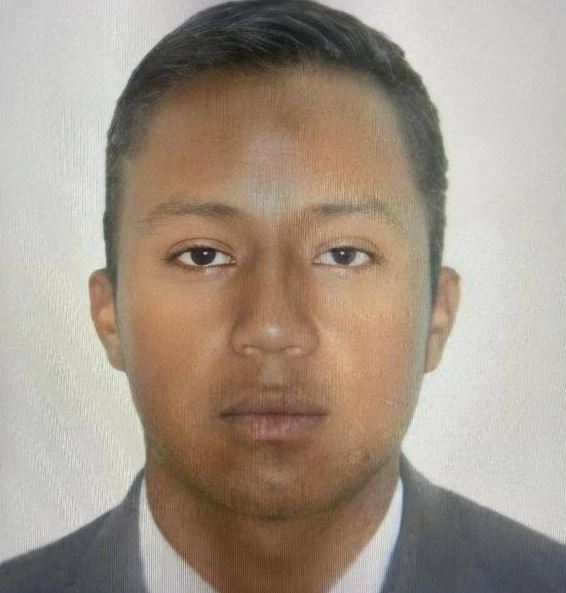
b: 1994
Andrés Leonardo Achipiz
Summary
Name:
Nickname:
Pescadito (The Fish)Years Active:
2010 - 2013Birth:
July 05, 1994Status:
ImprisonedClass:
MurdererVictims:
12Method:
ShootingNationality:
Colombia
b: 1994
Andrés Leonardo Achipiz
Summary: Murderer
Name:
Andrés Leonardo AchipizNickname:
Pescadito (The Fish)Status:
ImprisonedVictims:
12Method:
ShootingNationality:
ColombiaBirth:
July 05, 1994Years Active:
2010 - 2013bio
Andrés Leonardo Achipiz was born on July 5, 1994, in Colombia and raised in Britalia, a working-class neighborhood in the southwest of Bogotá. His parents had migrated from Huila to the capital in hopes of a better life. He was the second of six siblings and attended El Gran Britalia School, though he dropped out in sixth grade. He began working with his father as a street vendor selling fish and fruits, but their relationship was described as abusive. Achipiz later claimed that his father set strict sales quotas and regularly subjected him to physical and emotional punishment.
Struggling under pressure at home, Achipiz turned to petty crime at a young age. With other youths, he broke into homes and stole items like cash, wallets, watches, and bicycles. By age 16, he had been recruited by a gang affiliated with Bogotá's drug micro-trafficking scene. Under the direction of a criminal known as "Camilo," Achipiz began selling drugs in the Kennedy and Bosa districts and later worked as a hired killer for local gangs.
In 2009, he was arrested for the murders of two people and detained in a youth correctional facility. However, he escaped during a prison riot and resumed his criminal activities. His reputation as a ruthless and efficient hitman grew. He became known as “Pescadito” — a nod to his early life selling fish — and was frequently hired to commit contract killings, charging between 600,000 and 4 million Colombian pesos per hit.
murder story
Between approximately 2010 and 2013, Andrés Achipiz terrorized the neighborhoods of Kennedy and Bosa in Bogotá. He claimed to have killed between 30 and 35 people, often using firearms or knives. Although only 12 murders have been legally confirmed, Colombian authorities strongly suspect him of being responsible for many more. His victims were primarily associated with rival gangs, individuals involved in the local drug trade, or targets assigned to him by criminal clients.
Despite his young age, Achipiz had already built a fearsome reputation as a professional killer before he turned 20. His methods were calculated and brutal. He operated within a loosely organized criminal network, taking jobs from multiple gang leaders. As his notoriety grew, so did the demand for his services.

He was finally arrested on June 25, 2013, while riding a public bus. Specialized police agents had been tracking him for weeks and intercepted him without incident. Following his capture, he was incarcerated at La Picota Prison in southeastern Bogotá, one of Colombia's most infamous maximum-security facilities.
Experts in psychiatry and criminology have classified Achipiz as a "murderer by vocation." According to the Association of Psychiatrists of Latin America, he was diagnosed with psychopathic personality disorder — characterized by a complete lack of empathy, guilt, or remorse. Analysts have pointed out that the severe emotional and physical abuse he endured as a child may have played a significant role in his psychological development. However, professionals agree that rehabilitation for individuals like Achipiz is nearly impossible.
Today, he remains imprisoned at La Picota, his legacy forever tied to one of the most chilling and prolific killing sprees carried out by a teenager in Colombia’s recent history.